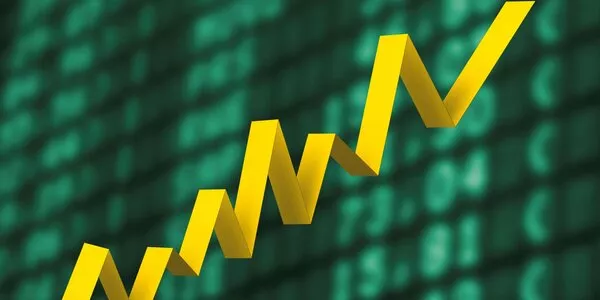
Weekly Update - US: Continuous monetary tightening and economic slowdown
The Federal Reserve continued its tightening policy, with a 75bp increase in its key rate to 2.5%, its high point of the last tightening cycle in 2019.
High and persistent inflation in the face of falling growth. The Fed's decision follows the publication of the second quarter growth and inflation figures for June (Graph 1). On the one hand, June's inflation figures surprised on the upside and still show significant underlying momentum. Indeed, inflation reached 9% in June and core inflation (excluding energy and food prices) is only moderating very gradually, to 5.9%. More worrying is the fact that items with low volatility, such as housing prices, continue to show significant increases (5.6% year-on-year), raising fears that inflation could become anchored at a high level. On the other hand, growth figures surprised on the downside, with GDP contracting in Q2-22 by an annualised 0.9% q/q. The components of GDP confirm a weakening economy: household consumption grew by only 1% q/q on an annualised basis - households are making very moderate use of their excess savings, while private investment contracted by 3.9% q/q on an annualised basis in an environment of tightening financial conditions. All in all, economic growth should remain sluggish in a context of continued fiscal and monetary policy tightening and inflation that should moderate only slowly, eroding household purchasing power.
A Fed that remains focused on controlling inflation. Given this context, the Fed has decided to continue its rapid cycle of monetary tightening. At the press conference. Mr Powell insisted that their concern remains inflation control. Thus, after having reached the "neutral rate" rather quickly, Mr Powell hinted at additional rate hikes in September and November, thus projecting monetary policy into restrictive territory. Regarding the pace of future hikes, Powell said "at some point it may be appropriate to slow down" although he did not rule out additional 75bp hikes. This would mean that the Fed would continue to tighten policy despite an economy that has entered a technical recession (2 consecutive quarters of economic contraction). Given this configuration, markets are beginning to anticipate a deeper recession in the coming quarters that would lead to lower inflation and monetary easing: market expectations on inflation have returned to their level of the beginning of the year while Fed Funds rate expectations point to rate cuts as early as the first quarter of 2023 (Graph 2).
Also, in the main events of the week, we chose to talk about the start of the earnings season and about the recent agreement of EU countries regarding gas consumption.




